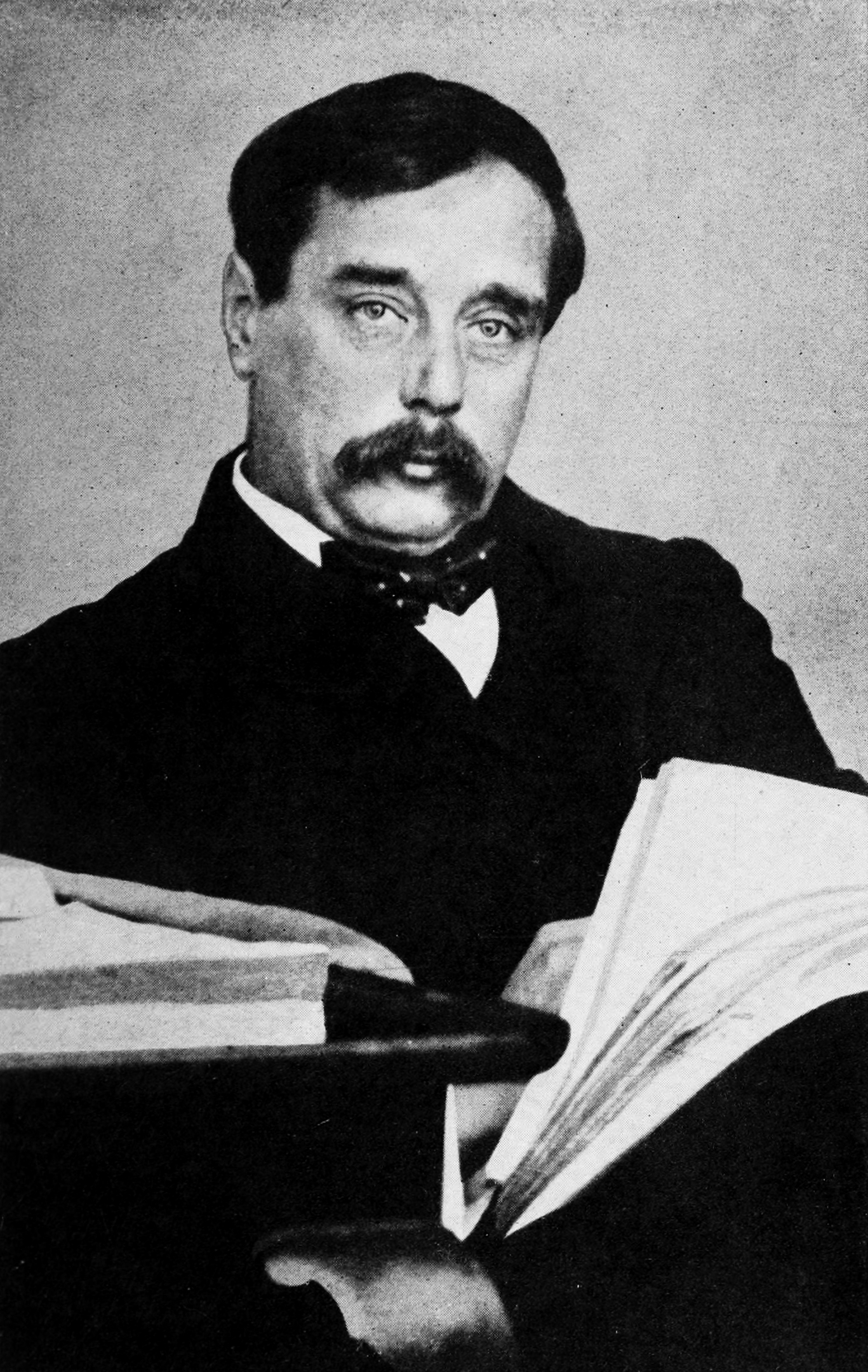“The Grisly Folk” is a short story by the English author H. G. Wells (1866–1946) first published in the Storyteller Magazine in April 1921 under the title “The Grisly Folk and Their War With Men”. Written in the form of an essay, it is an imaginary account of the early interactions between Neanderthals and modern man.[1]
Synopsis
Wells begins with the premise that Neanderthals were so different from modern man that is impossible to believe that they could be close relations of ours. He imagines them to be hairy – the grisly of the story’s title means “bristly” – slouching creatures unable to turn their heads up to the sky and running like baboons. Although he allows that the Neanderthals had brains as big as those of what he calls “true men”, he argues that the slightly different shape of the brain pan means they must have thought and behaved very differently.[a]In reality the Neanderthal brain is larger than that of Homo sapiens.[2] “As well we might try to dream and feel as a gorilla dreams and feels.”[3]
Wells speculates that as small groups of true men migrated from the south into Europe, driven by feuds and a shortage of food caused by their growing population, it is very probable that they came into conflict with the Neanderthals. The story in “The Grisly Folk” focuses on one such group, led by two brothers, Waugh and Click.
As the group is pushing its way northwards, they become aware of “lurking semi-human shapes … that ran in the twilight”,[4] and discover footprints around their camp. One day a young girl wanders too far from her companions, foraging for food, and is snatched away by one of the Neanderthals. Waugh and three other men give chase into an overgrown, dark gully. A second Neanderthal emerges from the bushes in defence of his mate and hurls a large rock at one of the pursuers, injuring the man’s knee. For the sake of his narrative Wells supposes that Waugh is killed while trying to escape and that the injured man manages to limp back to the main group. Click, now the sole leader of the group broods on the possibility of returning to the gorge in force and attacking the Neanderthals from above, as they cannot look upwards.
Wells now turns his attention to the generalities of groups like Click’s, speculating that many such battles must have been fought between the Neanderthals and true men, as “the two races were intolerable to each other”.[5] But as time passes the superior weaponry of the true men begins to win the day, especially as small groups coalesce into larger cooperative units, a development encouraged by the women’s protectiveness of their sons, and the true men emerge triumphant.
Wells ends by suggesting that there may be some hidden memories of this time of struggle in “the dreams and odd kinks in modern minds”, which may one day be recovered and brought back to life.[b]In his Outline of History, (1920) Wells writes: “The psycho-analysis of Freud and Jung has done much to help us to realise how great a part Father fear and Mother love still play in the adaptation of the human mind to social needs. Their exhaustive study of childish and youthful dreams has done much to help in the reconstruction of the soul of primitive man.”[6]
Commentary
Neanderthals, the name derived from the Neander Valley in Germany where their fossilised remains were discovered in the 19th century,[2] were early humans who lived in Europe and Western Asia from about 400,000 years ago,[7] and became extinct between 40,000 and 28,000 years ago.[2] Far from being completely different to us, it is now clear that there was significant interbreeding between Neanderthals and early humans; people with a European or Asian background have been found to have 1 to 2 per cent of Neanderthal genetic material in their DNA.[7]
See also
- H. G. Wells bibliographyList of publications written by H. G. Wells during the more than fifty years of his literary career.
Notes
| a | In reality the Neanderthal brain is larger than that of Homo sapiens.[2] |
|---|---|
| b | In his Outline of History, (1920) Wells writes: “The psycho-analysis of Freud and Jung has done much to help us to realise how great a part Father fear and Mother love still play in the adaptation of the human mind to social needs. Their exhaustive study of childish and youthful dreams has done much to help in the reconstruction of the soul of primitive man.”[6] |
References
Bibliography
External links
- Full text of “The Grisly Folk” at Wikisource

